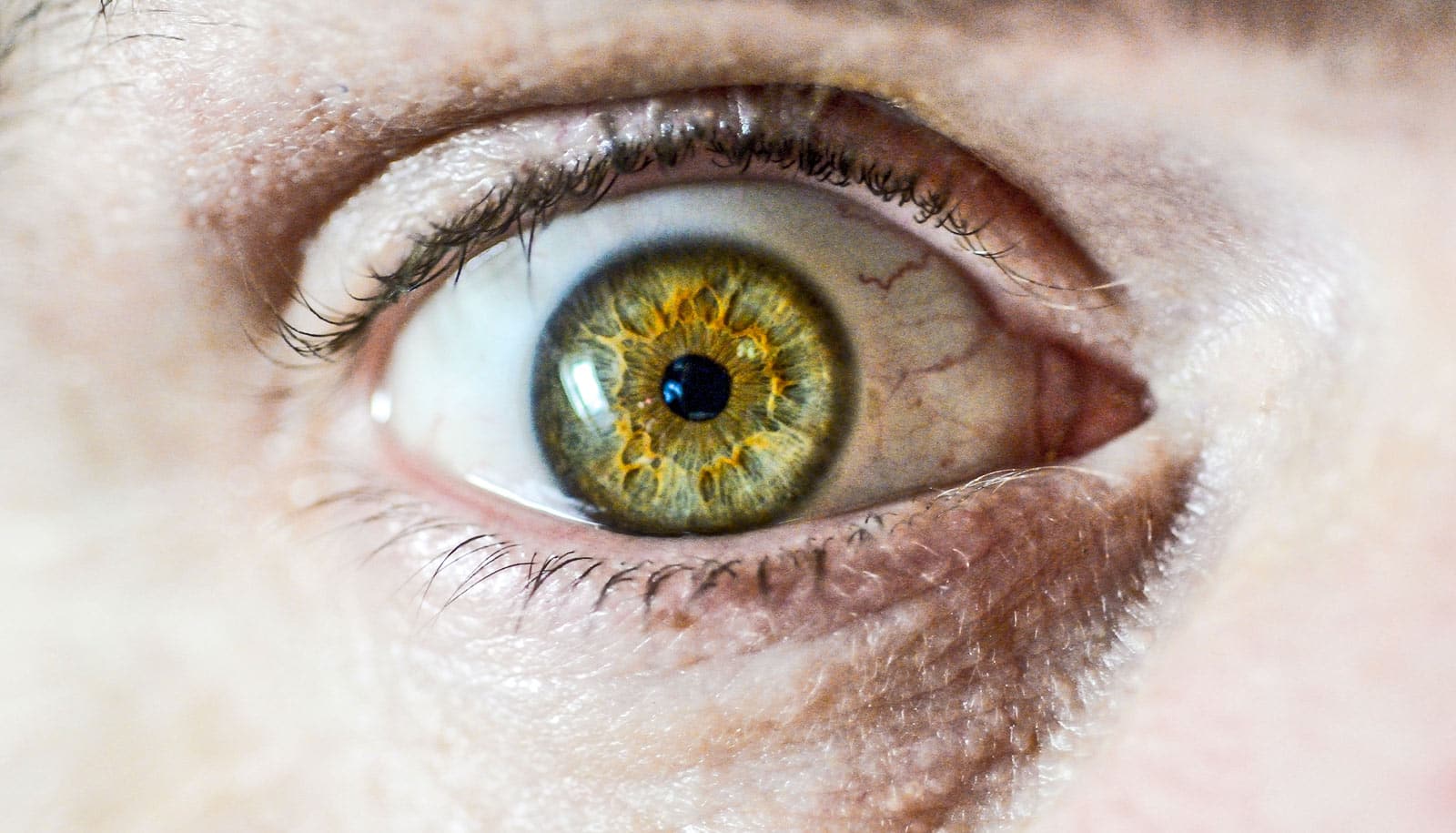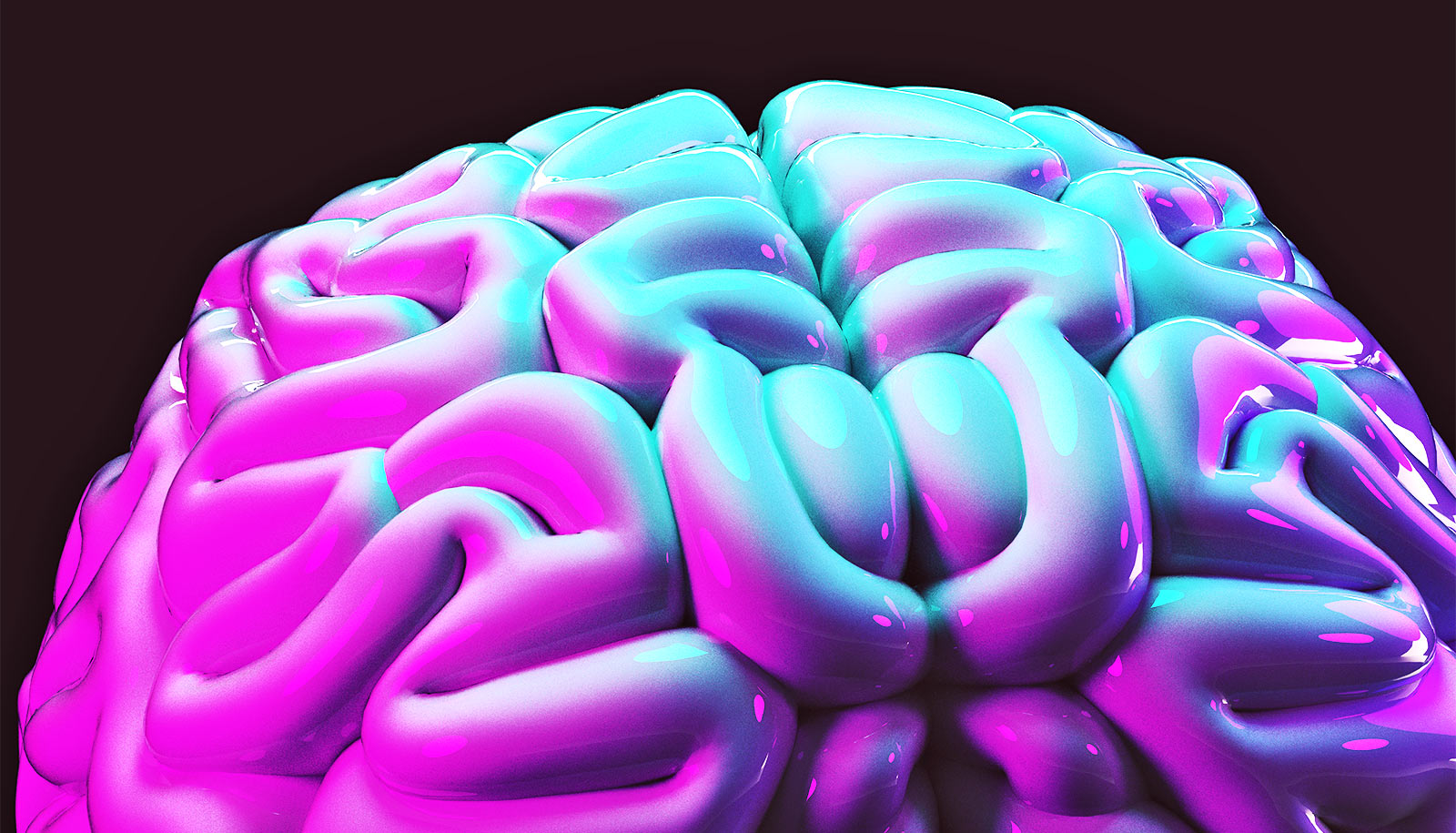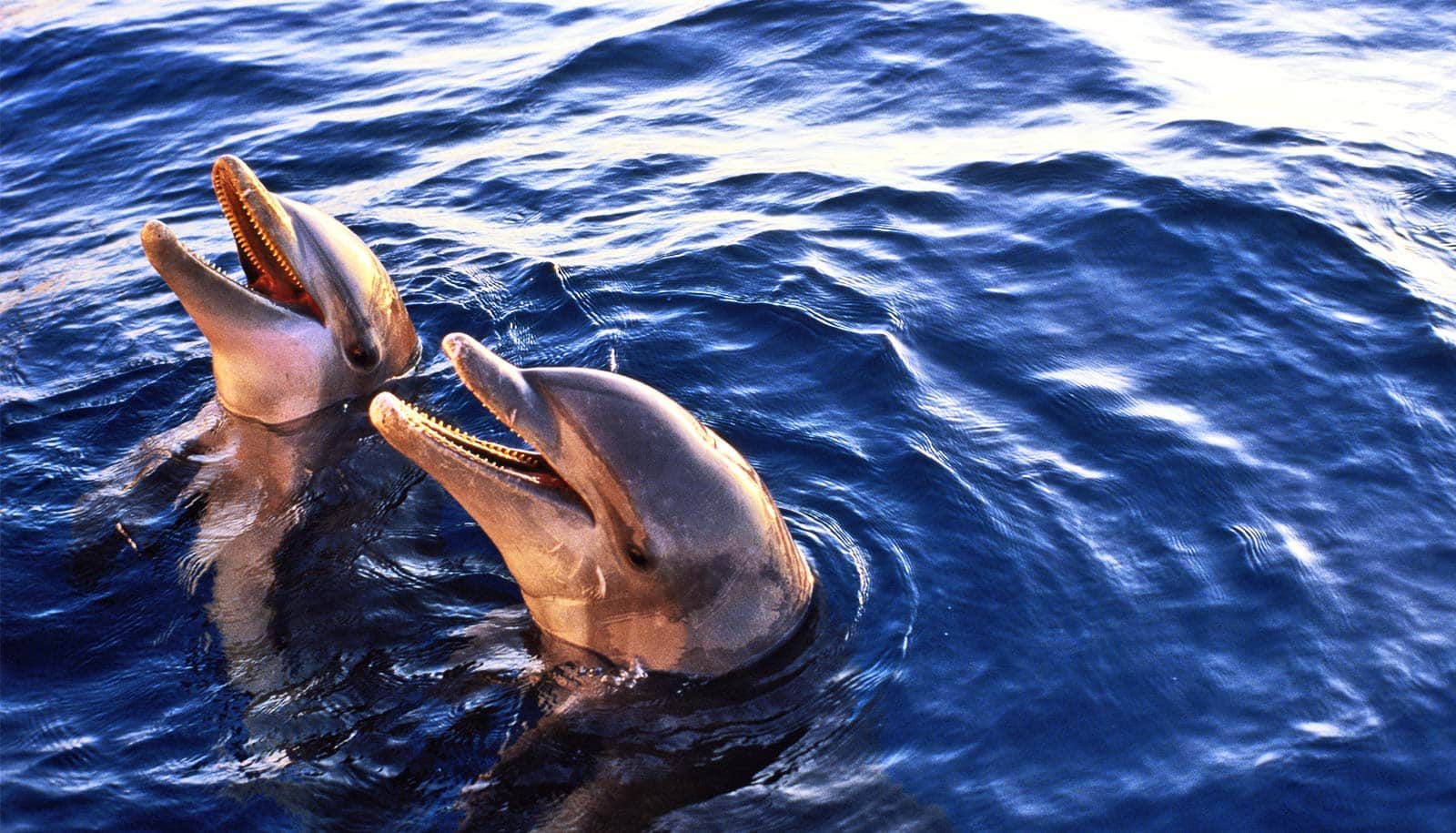A potentially life-saving method to help raise blood pressure in trauma victims experiencing blood loss gets its inspiration from dolphins and seals.
The pre-hospital intervention is simple—place a bag of ice on the victim’s forehead, eyes, and cheeks. In a small study, the method increased and maintained blood pressure in a simulation of trauma victims experiencing blood loss.
“There is a slight reduction in blood pressure during the simulation and we wanted to see if face cooling would reverse that,” says Zachary Schlader, assistant professor of exercise and nutrition sciences at the University at Buffalo. “It turns out, it does. It raises blood pressure during a simulated hemorrhage situation.”
Mammals like seals and dolphins—and, to a much lesser extent, humans—have what’s called the “mammalian diving reflex.” It’s a physiological function that the animals employ for submersion in water.
During the reflex, which is partially activated when the face is immersed in cold water, certain bodily functions temporarily change to conserve oxygen, allowing the animals to remain underwater for long periods of time.
Lithium may save nerve cells after brain injury
“The idea is, can we utilize a physiological phenomenon to have practical benefit? We’re talking about pre-hospital interventions, so it has to be quick and easy for EMTs, military medics, and other first responders,” Schlader says.
“We’re not changing paradigms. But the biggest thing is, no one’s ever put two and two together. No one’s said I wonder if this could be used as a tool in clinical practice as opposed to simply a tool to probe physiology.”
The researchers have submitted a paper on their findings to the American Journal of Physiology – Regulatory, Integrative and Comparative Physiology.
Source: University at Buffalo



